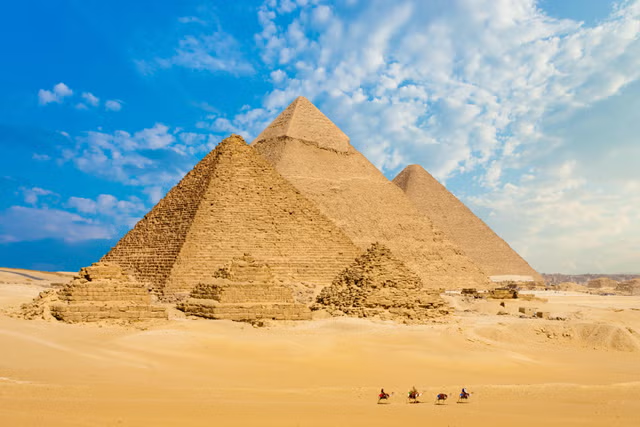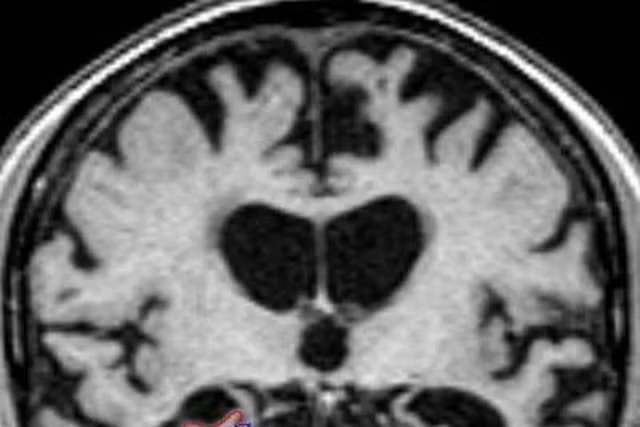Archaeologists have uncovered three ancient tombs in China with dozens of "precious" funerary relics.
Intriguingly, two of the tombs were found to contain bronze seals featuring the surname "Huan," indicating that they belonged to the same family—a "rare" discovery, according to a press release from the Institute of Archaeology at the Chinese Academy of Social Sciences.
Researchers discovered the tombs at the Dazhuangzi Cemetery in Rizhao, a city on China's east coast. They are thought to date to the Han Dynasty, which ruled China between 206 B.C. and A.D. 220—what is considered to be a golden age in Chinese history.
All of the three recently uncovered tombs were designed to hold two people each. They feature sloping passageways toward the entrances and contain wooden coffins. Two of the tombs had been severely looted, likely in ancient times, while the other is well preserved.
The first tomb, referred to as M1, had been robbed, and only a few funerary objects were found inside, such as a glazed pottery pot. All of the human bones in the coffins inside it have decayed.
The second tomb, M2, which lies to the southeast of M1, had also been looted, and as with M1, no human remains are preserved inside its coffins.
The remaining funerary objects within M2 include glazed pottery pots, iron swords and bamboo hairpins, among other items. A bronze seal found in the tomb bears the name "Huan Jia"—revealing the identity of the owner.
The third tomb, M3, is located to the east of M1, and unlike the others it is well preserved. The tomb's main chamber is divided into two rooms—east and west—that are connected by miniature wooden doors and windows.
Researchers believe that this tomb, with its residential characteristics, was designed for a husband and wife, although it does not appear they were buried at the same time.
As in the other tombs, the human bones in M3 have all decayed, although it contains a number of funerary objects. These include bronze mirrors, an iron sword and a collection of glazed pottery, such as pots, gourds and flasks, most of which have wooden lids. In addition, M3 was found to contain a bronze seal with an inscription that also bears the "Huan" family name.
Archaeologists said the unearthing of the three tombs is an "important" discovery for the region that has provided valuable materials for studying Han Dynasty burial customs.
Do you have a tip on a science story that Newsweek should be covering? Do you have a question about archaeology? Let us know via science@newsweek.com.
Disclaimer: The copyright of this article belongs to the original author. Reposting this article is solely for the purpose of information dissemination and does not constitute any investment advice. If there is any infringement, please contact us immediately. We will make corrections or deletions as necessary. Thank you.



